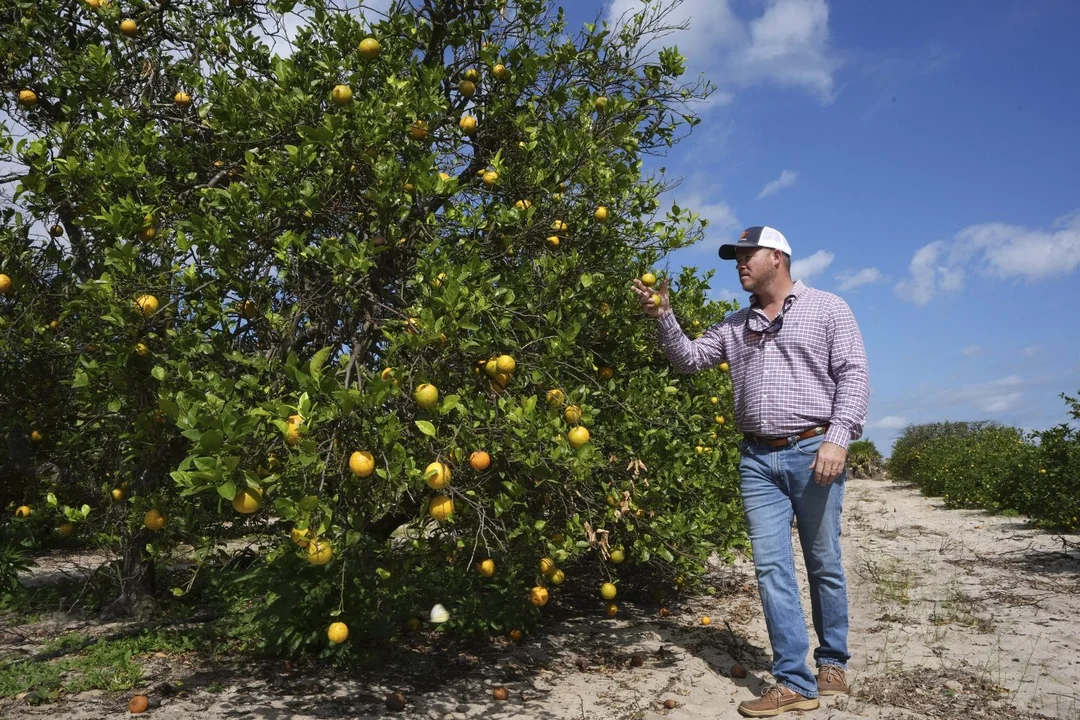
Florida’s Orange Groves Battle Citrus Greening as Developers Eye Land
In a troubling development for Florida's iconic orange groves, the citrus industry is grappling with the devastating effects of citrus greening disease. This bacterial infection, which has no known cure, is threatening to decimate the state's citrus production, a sector that has been a cornerstone of Florida's economy for generations.
Citrus greening, also known as Huanglongbing (HLB), has been spreading across Florida since it was first detected in 2005. The disease disrupts the tree's vascular system, leading to nutrient deficiencies and the production of bitter, green, and inedible fruit. Despite efforts to combat the disease through research, the use of pesticides, and the removal of infected trees, the situation remains dire.
As the citrus industry struggles, real estate developers are increasingly eyeing the valuable land that once supported thriving orange groves. In some areas, the transformation from agricultural land to residential and commercial developments is already underway, raising concerns about the loss of Florida's agricultural heritage and the impact on local economies that have long relied on citrus production.
The potential shift from agriculture to real estate development poses significant challenges. It threatens not only the livelihoods of those directly involved in citrus farming but also the broader economic and cultural fabric of Florida. The state's identity as the 'Orange State' is at risk, as are the jobs and traditions that have been passed down through generations.
Efforts to save Florida's orange groves continue, with researchers and farmers exploring new strategies to combat citrus greening. However, the clock is ticking, and the future of Florida's citrus industry hangs in the balance as developers wait in the wings.